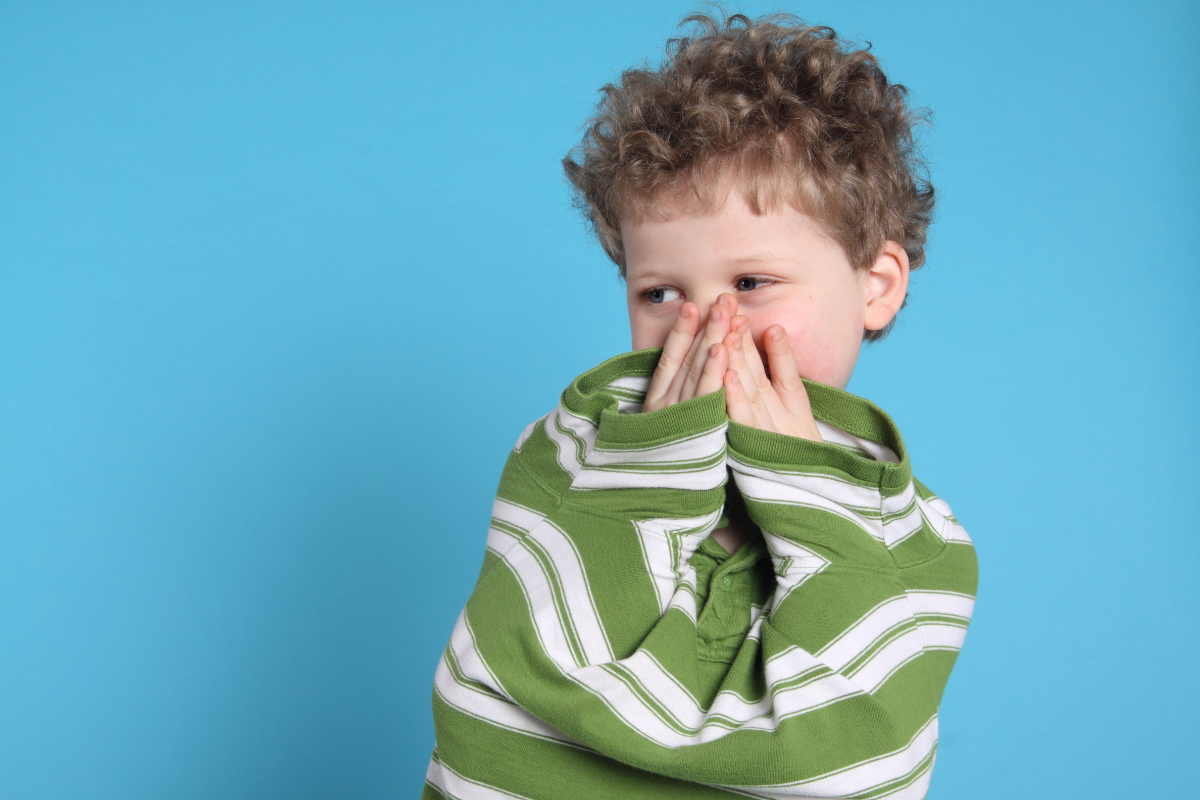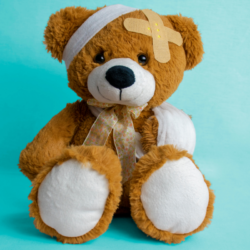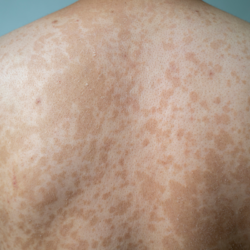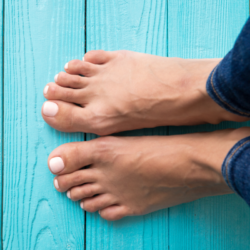Burns, cuts, splinters, scratches… Everyday injuries can happen at any time. Whether they’re big or small, they can happen to anyone. But when the injury does occur, it’s never easy to relieve it without an unpleasant tingling sensation. But it’s an inevitable step, and we all know about it. Find out about the products, gestures and simple techniques you can adopt to treat your injuries without too much pain.
Why choose natural remedies?
In an age when conventional medicine reigns supreme, why turn to natural remedies to treat our little ailments? The answer lies in their simplicity and gentleness. Natural remedies, often derived from ancestral traditions, offer a less aggressive alternative to conventional medicines. They are particularly appreciated for their ability to treat the problem at source, without simply masking the symptoms.
Another major advantage of natural remedies is their low risk of side effects. Unlike some drugs, which can upset the body’s balance or cause adverse reactions, natural remedies are generally well tolerated by most people. This makes them particularly suitable for those who are sensitive to traditional medicines or who are looking for care solutions that are more in harmony with the body.
Examples of effective natural remedies
Natural remedies are full of solutions for a variety of minor ailments. Here are a few examples:
- Aloe Vera for burns and cuts: Aloe Vera is renowned for its soothing and regenerative properties. Applying the fresh gel of an Aloe Vera leaf to a slight burn or cut can speed up healing and reduce inflammation.
- Chamomile for stress and insomnia: Chamomile is widely used for its calming effects. Chamomile tea in the evening can help relax the nervous system and promote restful sleep.
- Ginger for nausea and digestive problems: Ginger is a traditional remedy for digestive problems. Eating ginger fresh or as an infusion can help relieve nausea and aid digestion.
- Lavender essential oil for headaches and anxiety: Lavender essential oil is known for its relaxing properties. It can be inhaled or massaged to soothe headaches and reduce stress.
- Honey for sore throats and mouth ulcers: Honey has antibacterial and soothing properties. Taking a spoonful of pure honey can help relieve a sore throat and speed up the healing of small sores in the mouth.
These examples illustrate the richness and diversity of natural remedies. By adopting these gentle methods, we can treat our minor ailments in a more holistic way, in harmony with our bodies and nature.
Treating aches and pains with homeopathy
Why treat a bump with arnica montana?
Arnica montana is a medicinal plant widely used for its anti-inflammatory, analgesic and healing properties. Here are a few reasons why it is beneficial for treating bumps:
- Reducing inflammation: When you bump yourself, an inflammatory reaction occurs, leading to increased pain and swelling. Arnica montana can help reduce this inflammation, relieving pain and reducing the size of the bump.
- Pain relief: Arnica montana has analgesic properties that can help reduce the pain associated with a bump. Topical application of arnica montana in gel or cream form can provide rapid relief.
- Improved blood circulation: Arnica montana has the ability to stimulate blood circulation in the affected area. This can help speed up the healing process by delivering more oxygen and nutrients to damaged tissue.
- Reduced bruising: Bumps can often be accompanied by bruising, which is patches of blood under the skin. Arnica montana can help reduce the formation of bruises by promoting the resorption of trapped blood.
- Faster healing: In combination with its anti-inflammatory, analgesic and healing properties, arnica montana can help speed up the healing process of a bump. This can allow you to quickly return to your normal state.
How do you treat bumps in young children?
Children and babies, with their delicate skin and particular sensitivity, require special attention when it comes to treating their little aches and pains. Here are a few recommendations for treating the youngest in complete safety.
Care for cuts and scrapes
- Gentle cleaning: Clean the wound with lukewarm water and mild soap. Avoid strong antiseptics, which can irritate children’s sensitive skin.
- Applying a dressing: Use hypoallergenic dressings specially designed for children’s skin. They are less likely to cause irritation or allergic reactions.
- Monitoring the wound: Monitor the wound for signs of infection, such as excessive redness, warmth or pus.
Treatment of minor burns
- Immediate cooling: Place the burned area under cold running water for a few minutes. This will help relieve the pain and limit the damage.
- Protecting the burn: Cover the burn with a sterile compress or clean dressing. Do not puncture any blisters that may form.
- Medical advice: For more serious burns or if blisters form, consult a health professional.
Managing bumps and bruises
- Apply cold: Use a cold compress or ice pack wrapped in a cloth to reduce swelling and pain. Apply for 10-15 minutes, taking breaks to avoid frostbite.
- Careful monitoring: Observe the child after a shock, especially if he or she has hit his or her head. If they become drowsy, vomit or behave unusually, consult a doctor.
General advice
- Keep a first aid kit to hand: Make sure you have a kit containing products suitable for children.
- Explain calmly: Reassure the child during treatment by explaining what you’re doing in a soothing way.
- Avoid home remedies: Some home remedies may not be suitable for children. It’s best to stick to tried-and-tested methods or those recommended by a healthcare professional.
Taking care of children’s little aches and pains requires gentleness and special attention. By following these tips, you can treat them effectively while minimising their discomfort.
Prepare yourself psychologically
It’s a fact that as soon as you’re well prepared mentally and psychologically, dealing with an ailment becomes easier. You need to go through this stage to alleviate the pain that will follow. For adults, this is more or less self-evident. But for children, you need to find the best way to reassure them. For some, clearly explaining what will happen during the treatment is the solution. For others, diverting their attention (with a game or a story) is the right method. In all cases, all you have to do is make sure they can think about something other than their boo-boo. After that, treating him will be child’s play.
Clean and disinfect the injured area: cut, scratch, etc
Have you cut yourself? First wash your hand thoroughly with soap before touching the wound. Once you’ve done that, you need to clean and disinfect the wound as quickly as possible. That way, germs and bacteria of all kinds won’t have time to take hold. To avoid pain, choose a non-stinging antiseptic. There are many on the market, like MERCK ASEPT APAISYL ANTIBACTERIAL SPRAY 100 ML.
Opt for waterproof, flexible dressings
In the case of a deep wound, it’s important to protect the injured area. In this specific case, the application of a dressing is highly recommended. This will minimise the risk of infection. To make the right choice, opt for a waterproof dressing. It will provide optimum protection and allow the wound to heal quickly. You should also choose a dressing that can cover the affected area without altering or even blocking the movement of a joint. Here, we’re talking specifically about a cut to the fingers. There are various types of dressing that can meet this need. Elastoplast Special Hand Dressing is one of the best-known and most effective flexible dressings on the market.
Burns
In the case of a superficial burn, run cold tap water over the affected area. Run the water until the pain subsides. If the burn is serious, it’s best to call the professionals as soon as possible.
Bumps and bruises
Have you hit your head or knee and developed a haematoma? The cold is your ally. Quickly find a cold pack or a bag of frozen vegetables. Once in hand, apply it to the bump or bruise for a few minutes, until the pain passes. Our Hot/Cold packs come in very handy in these cases!
Essential first aid techniques
Knowing how to apply first aid is essential if you are to deal effectively with everyday aches and pains. Before you even think about applying a remedy, it’s important to know the basic techniques for dealing with situations such as bleeding or a burn. Here are some basic first aid techniques.
Stopping bleeding
If a cut or scratch causes bleeding, it’s crucial to act quickly.
- Wash your hands: Before anything else, wash your hands to avoid infection.
- Apply direct pressure to the wound: Use a clean cloth or sterile gauze to apply direct pressure to the wound. This will help control bleeding.
- Elevate the wounded area: If possible, elevate the area above the level of the heart to reduce bleeding.
- Dressing: Once the bleeding has been controlled, apply a clean dressing to protect the wound.
Cooling a burn
For minor burns, such as those caused by brief contact with a heat source, cold water is your best ally.
- Immediate cooling: Place the burned area under cold running water for 10 to 15 minutes. This will help reduce pain and swelling.
- Protect the burn: Once cooled, cover the burn with a sterile compress or clean bandage to protect it.
- Avoid home remedies: Don’t put ice directly on the burn, and avoid home remedies such as butter or oil, which can make the burn worse.
These first aid techniques are fundamental and should be familiar to everyone so that they can intervene quickly and effectively in the event of minor accidents. They are the first step in treatment before applying more specific remedies.
The importance of preventing minor injuries
Prevention plays a crucial role in the management of minor everyday injuries. Many minor accidents can be avoided by taking simple but effective safety measures. Whether at home, in the workplace or during leisure activities, a few basic precautions can make a big difference.
At home
The home is a place where many minor accidents can occur. Here are a few tips on how to avoid them:
- Put away sharp and dangerous objects: Make sure knives, scissors and other sharp tools are out of children’s reach and put away safely after use.
- Secure slippery areas: Use non-slip mats in areas such as the bathroom or kitchen to prevent falls.
- Maintain adequate lighting: Good lighting can help prevent trips and falls, especially at night.
At work
In the workplace, even in an office environment, accidents can happen.
- Organise your workspace: Keep your desk tidy to avoid falling objects and clutter that can lead to accidents.
- Take regular breaks: Regular breaks help prevent musculoskeletal disorders linked to prolonged sitting.
- Follow safety protocols: In industrial or construction environments, scrupulously respect safety standards.
During leisure activities
Leisure activities, whether sporting or otherwise, are also times when little mishaps can occur.
- Wear the right protective equipment: Whether cycling, rollerblading or any other sport, the use of protective equipment (helmets, knee pads, etc.) is essential.
- Respect safety rules: Follow the instructions and safety rules for each activity.
- Be aware of your surroundings: During outdoor activities, be aware of potential hazards such as uneven surfaces, low-hanging branches, etc.
By applying these simple prevention tips, you can significantly reduce the risk of minor accidents and everyday injuries. This doesn’t guarantee total protection, but it does help to minimise the risks and allow you to enjoy everyday life in complete safety.







